Common Mistakes To Avoid When Quilting


When you choose to construct a quilt, mistakes will happen, especially if you are new to it. Part of how you will learn to quilt better is by making mistakes. It’s okay to allow yourself to mess up. However, if you can learn how to avoid certain mistakes from the beginning, you can get a head start, and it will make your quilting process go that much smoother. Here, we will discuss some common mistakes to avoid when quilting.
Not Preparing Your Fabric Before Starting
There are a few things you should remember to do to your fabric before you begin your project. First, give your fabric a pre-wash. Then, starch and press it. Having stiff, flat fabric will make it much more practical to piece together your patchwork blocks. Without this step, they can be wavy and easily become distorted when you’re trying to assemble them.
Not Measuring Fabric Correctly
This is one of the most common mistakes to avoid when quilting. It happens to many quilters, especially at the beginning. It is important to pay very close attention when you are taking your measurements to avoid this mistake. Measuring three times is a good way to check yourself. Another good tip is to buy a bit of extra fabric. That way, if a mistake is made, all is not lost.
Not Keeping Your Lines Even
A lot of times, you can think you have sewn straight lines only to finish and find that they came out completely uneven, which means having to rip out the stitches and start all over. Using a walking foot on your machine can help. This can also happen if you’re working with fabric that is too stiff or stretchy. Consider buying high-quality material for quilting from Canada.
Squaring Up Your Blocks Before Assembly
If you are working with a quilting pattern that does not require it, do not trim your blocks to size. This is especially important for the blocks that will be assembled into the quilt top. Some patterns will require you to cut your blocks to a specific size. If you cut them anyway, the seam allowance of the blocks can be altered if there are intersection points at the outside edges. This can cause the points to get chopped off. People do this often because the blocks appear to be different sizes. Blocks of different sizes can be joined together simply by joining the corners, followed by intersection points.
Not Keeping Borders Straight
Avoid adding a border by simply cutting a long strip of fabric, then sewing it to your quilt top, and then adjusting it to the size of the top. This can lead to your quilt winding up with wavy borders once you are squaring up your quilt. Using proper measuring processes for your borders will make them much more accurate, leaving you with clean, straight borders.

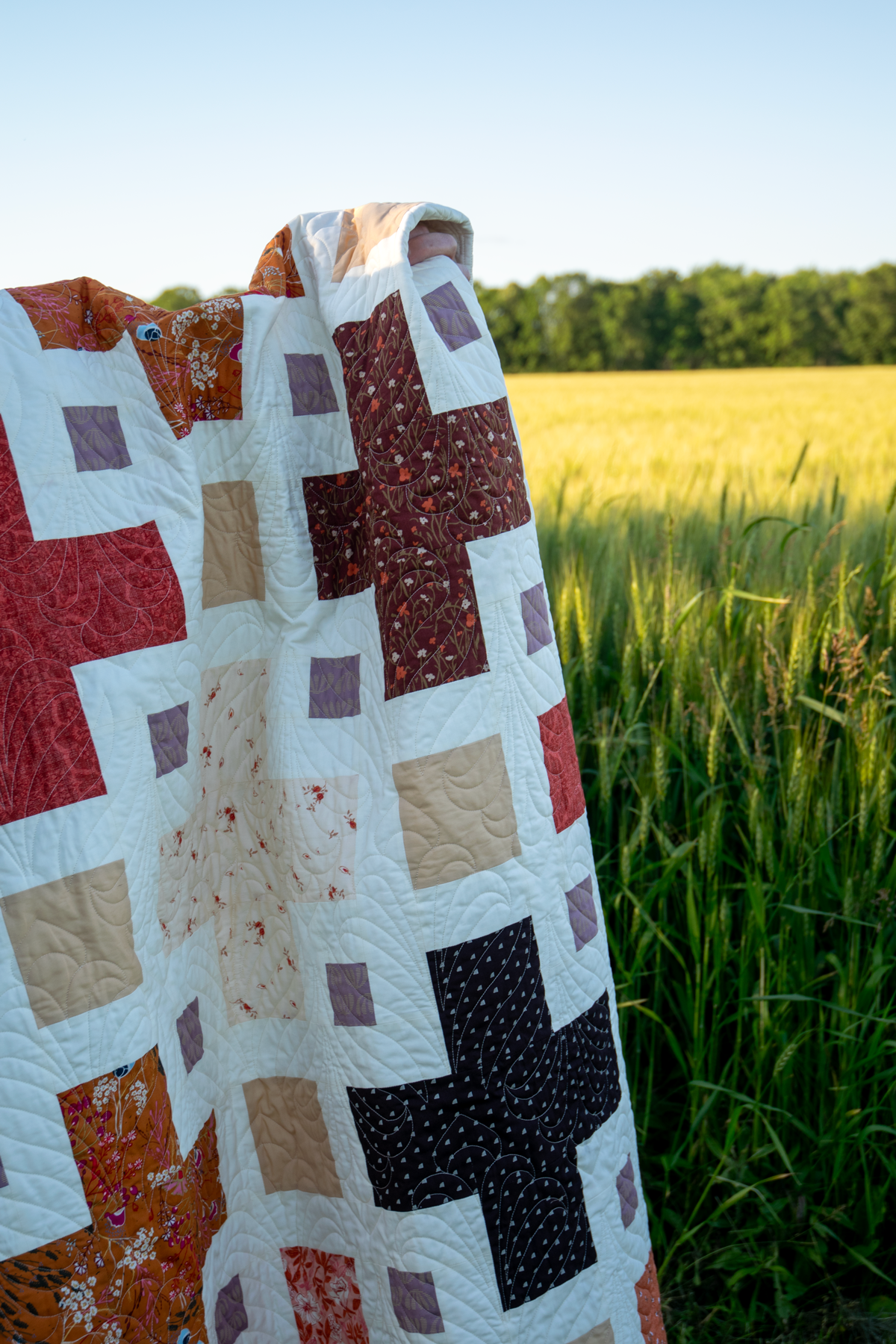



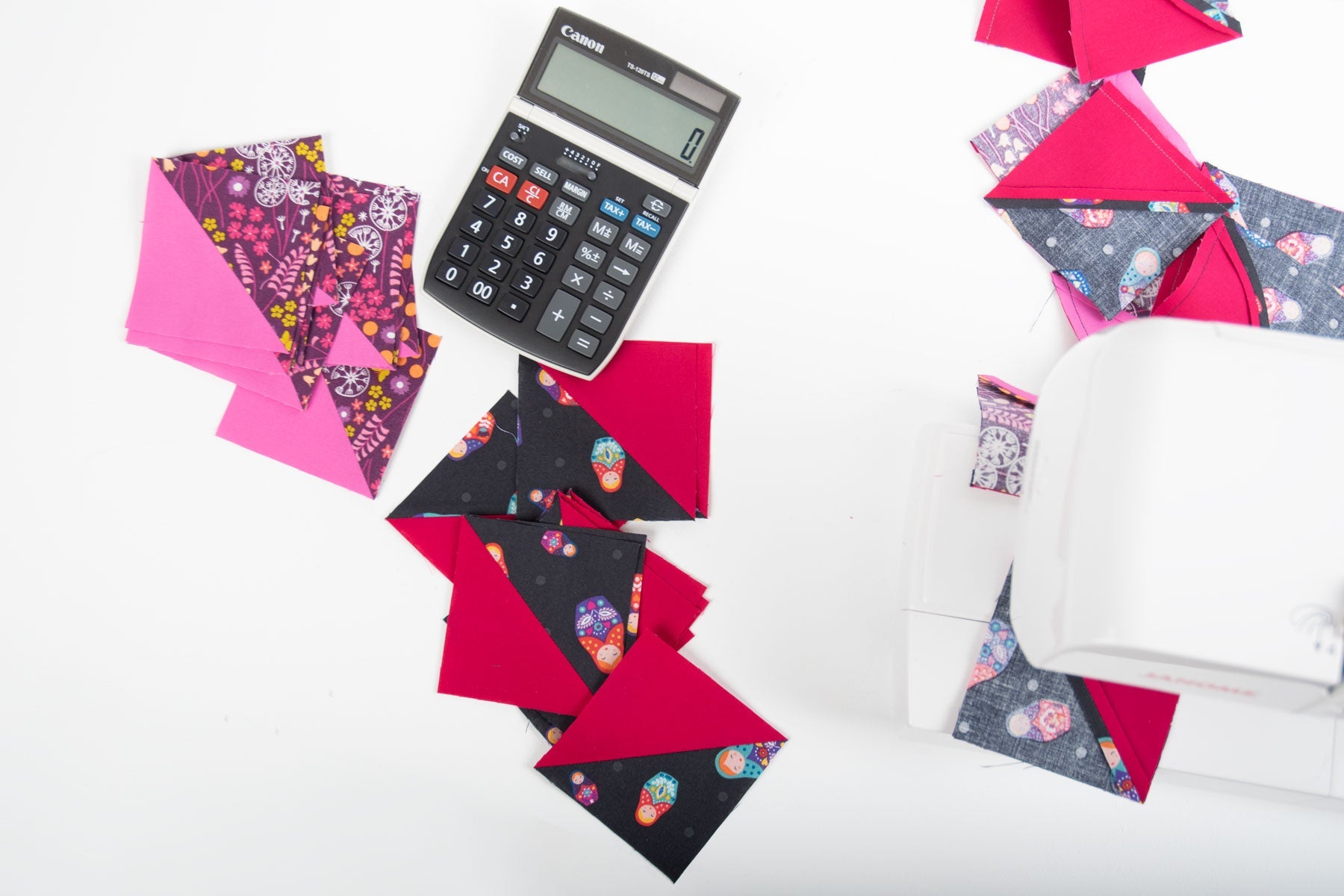
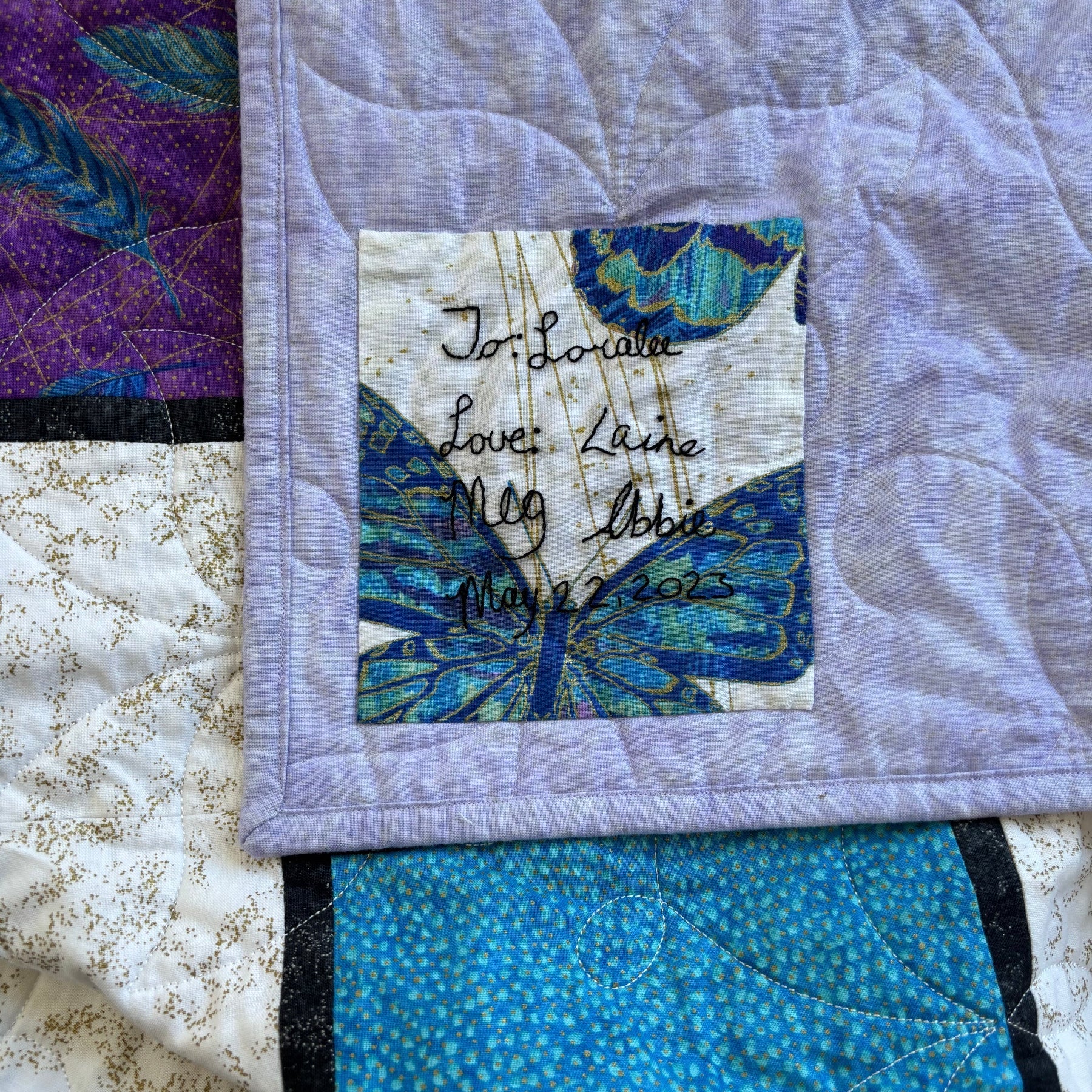

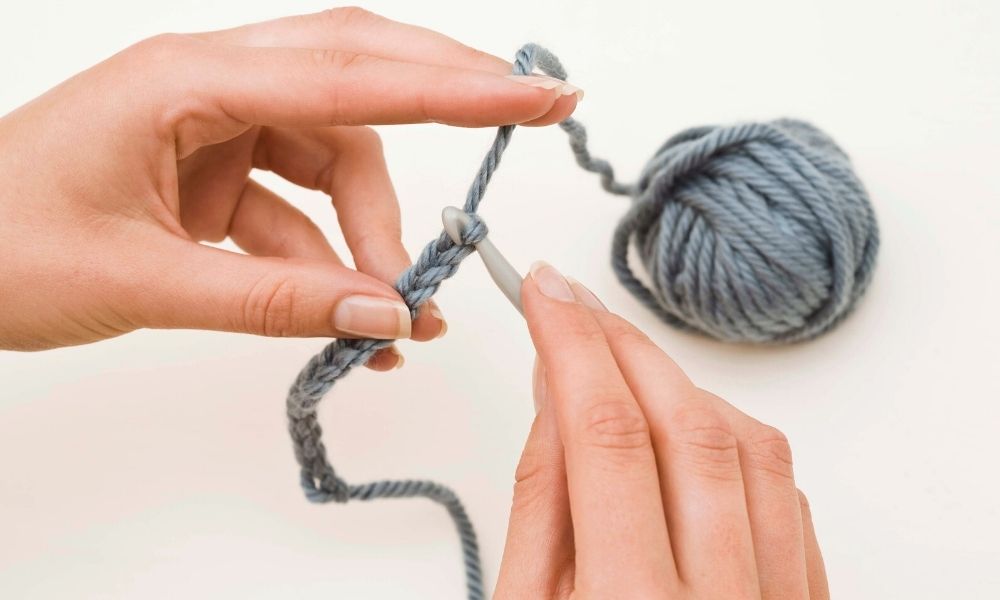
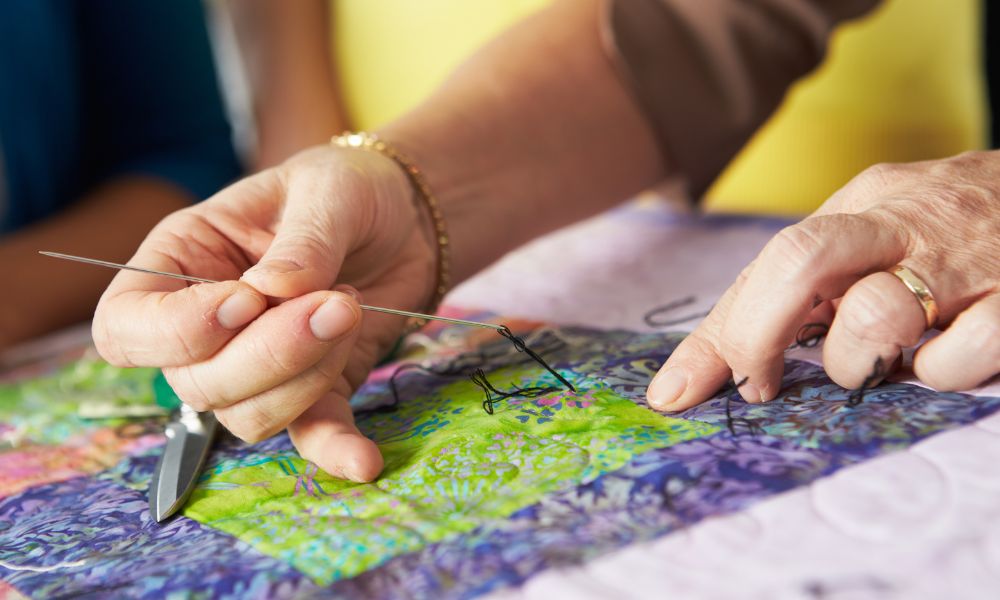
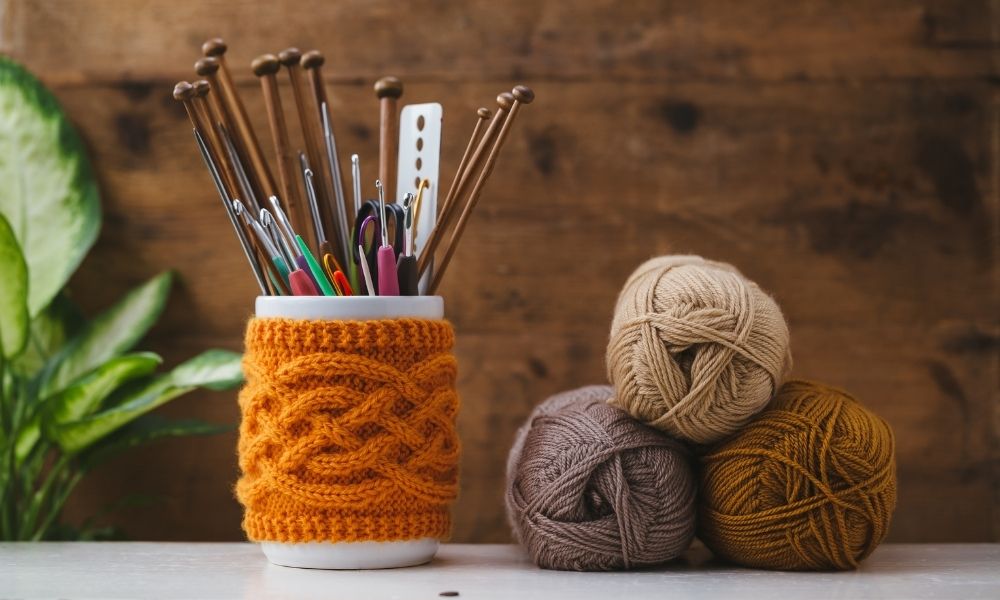
Comments